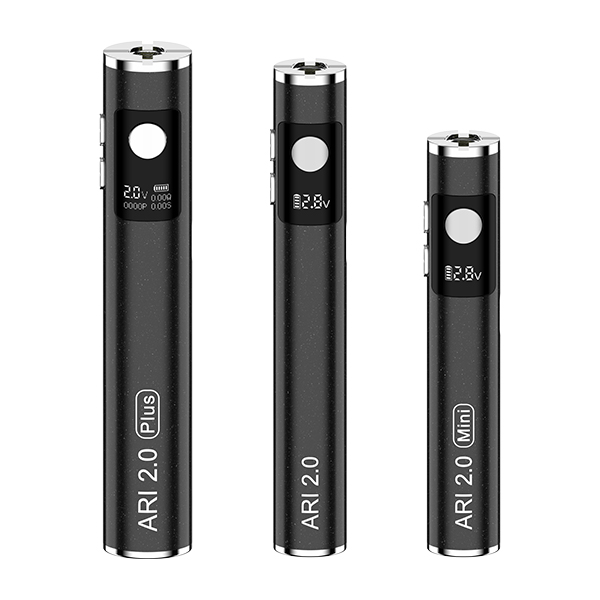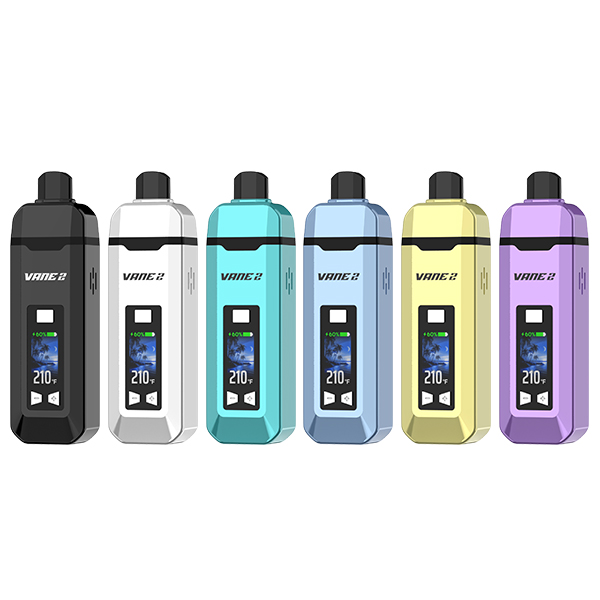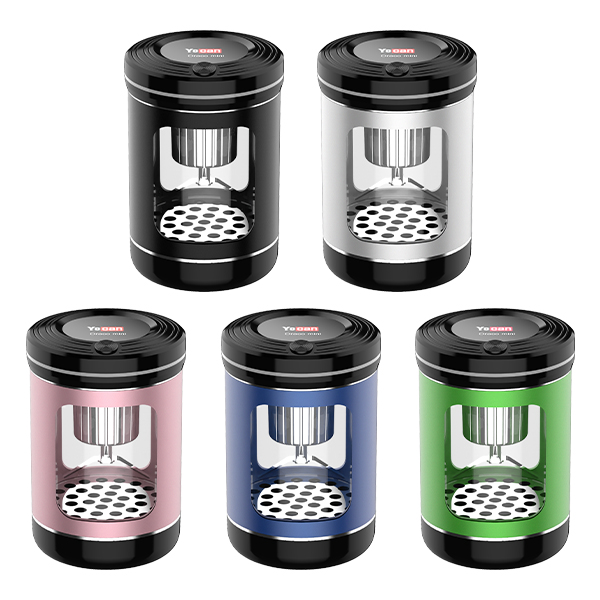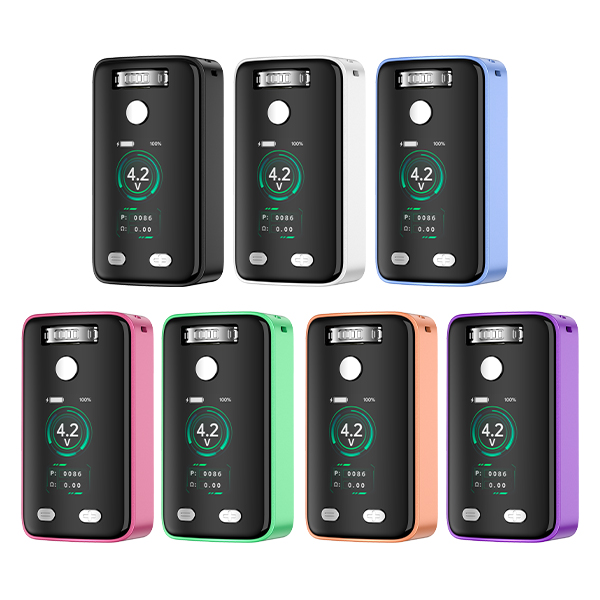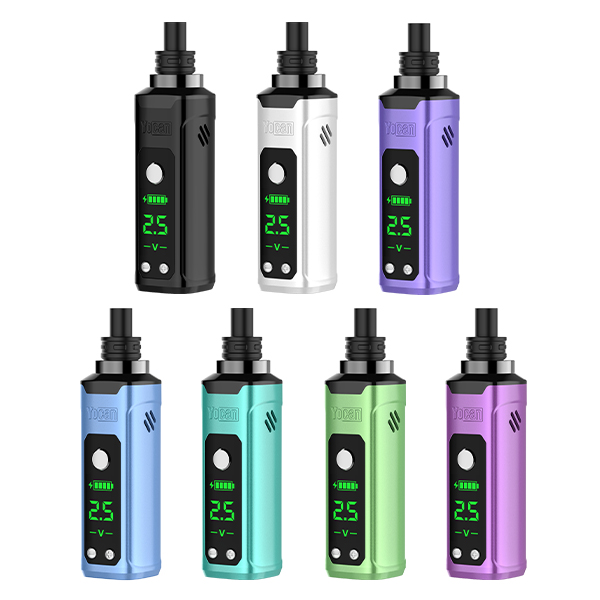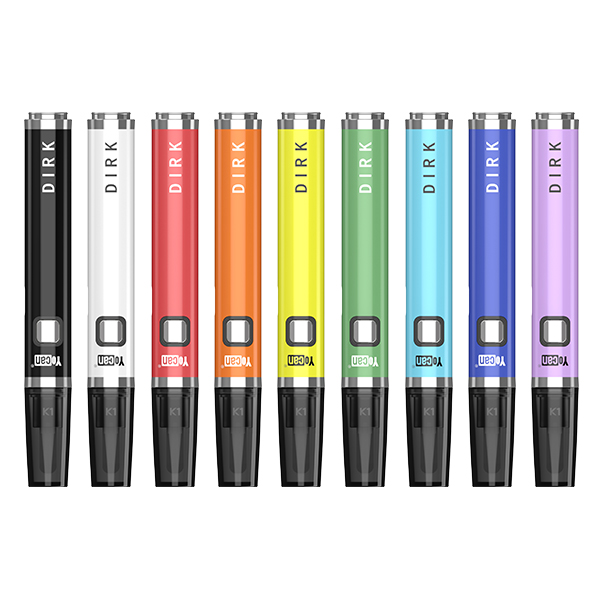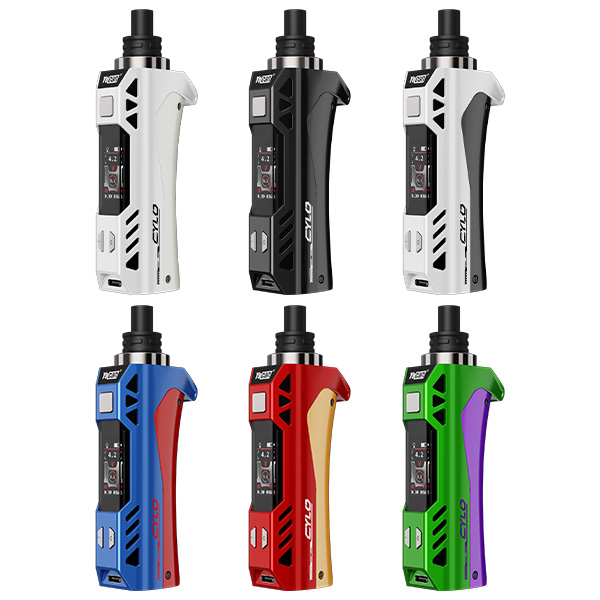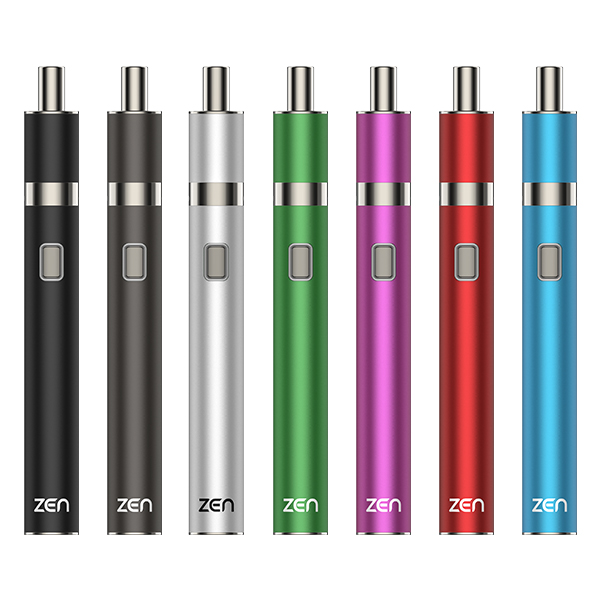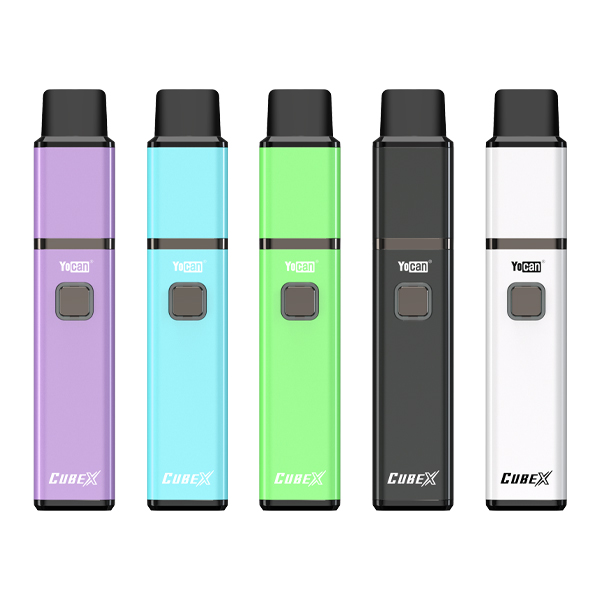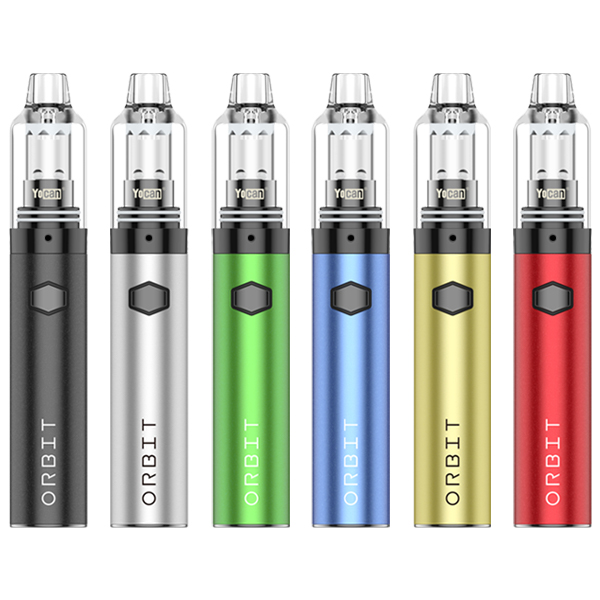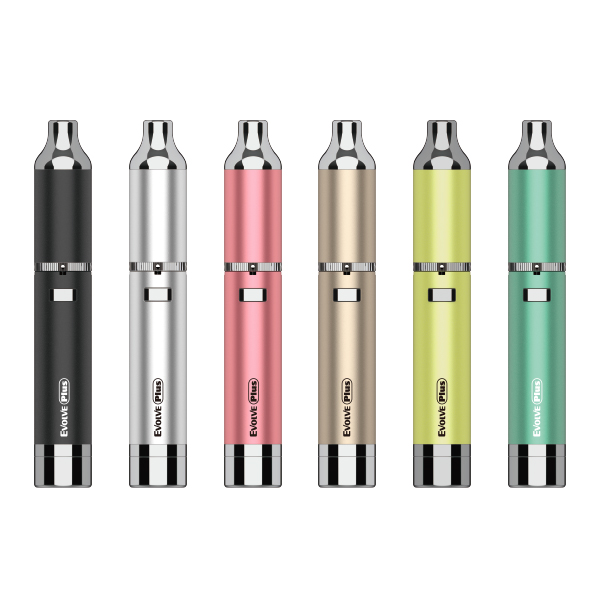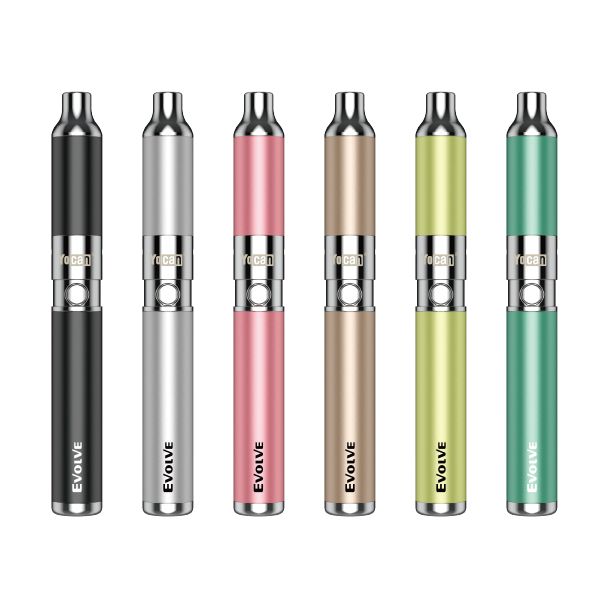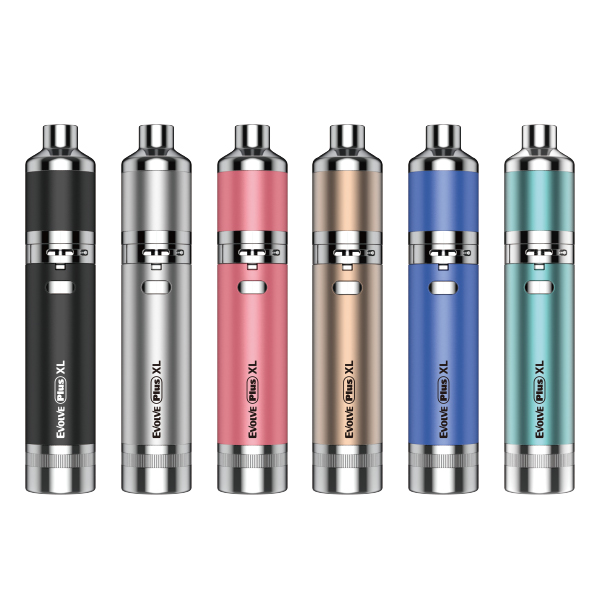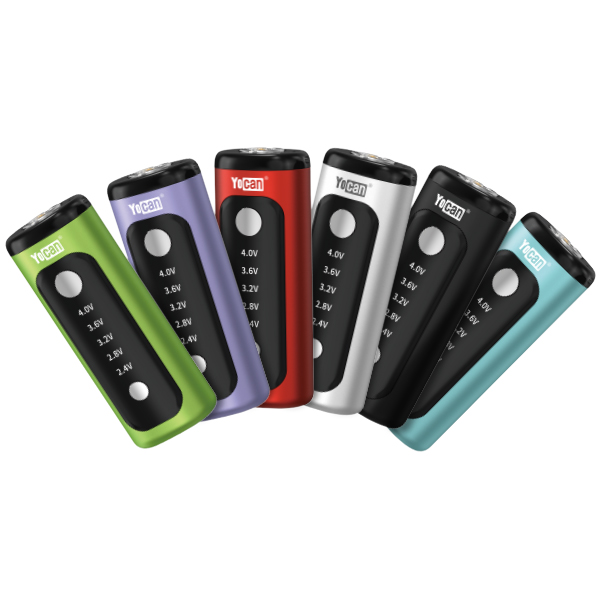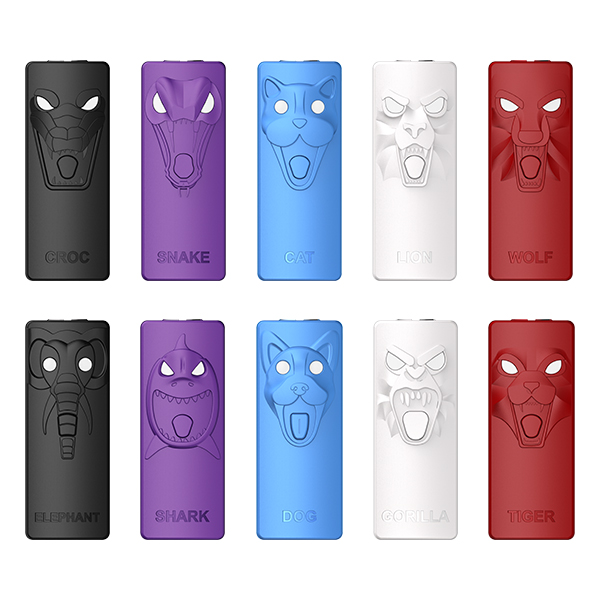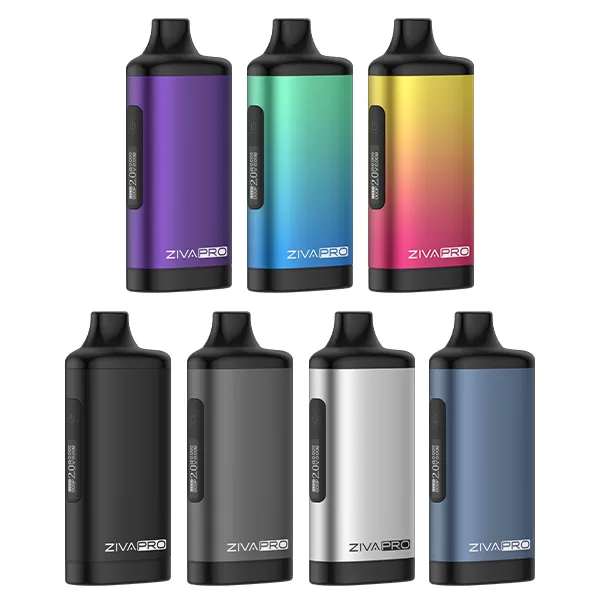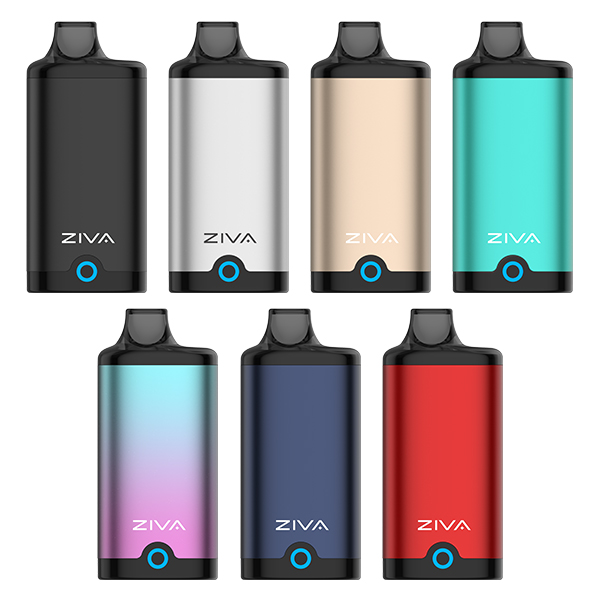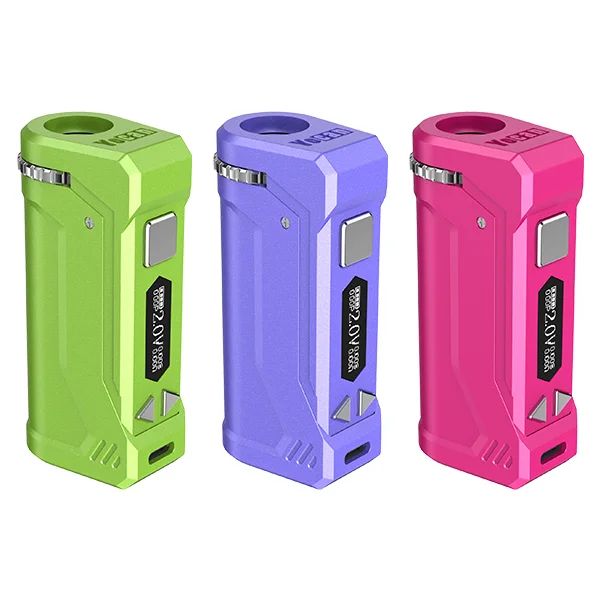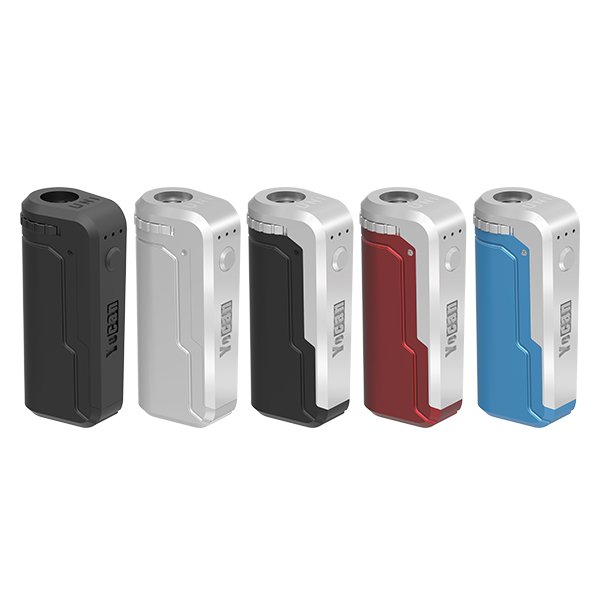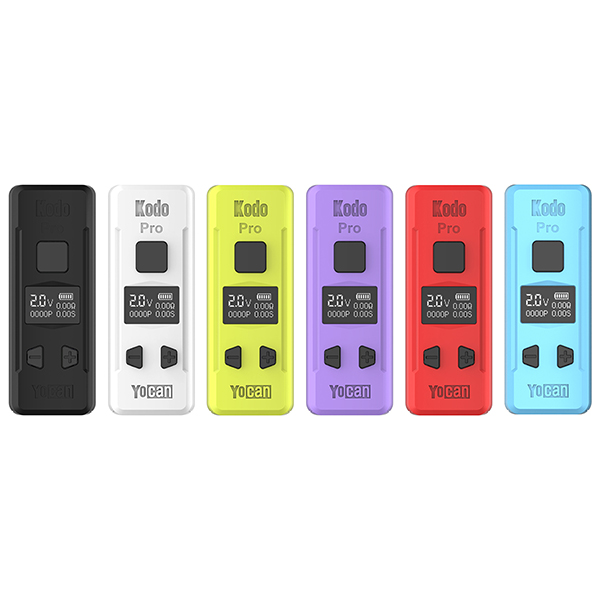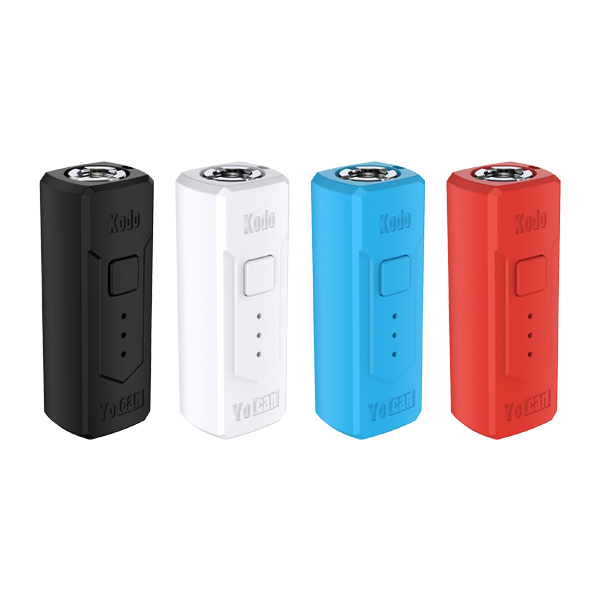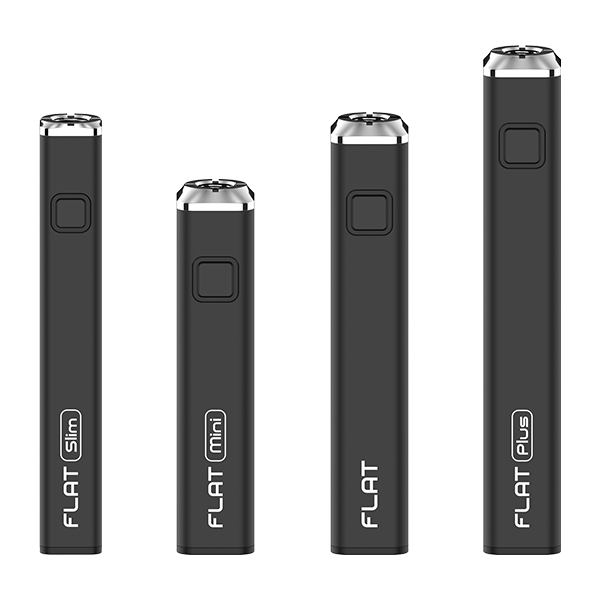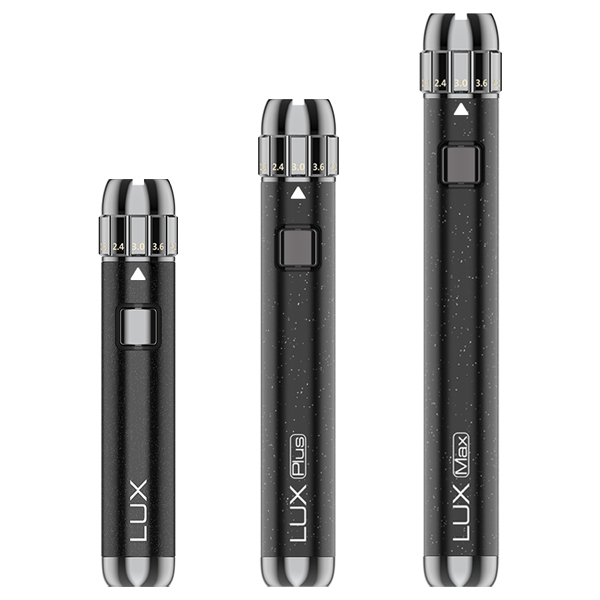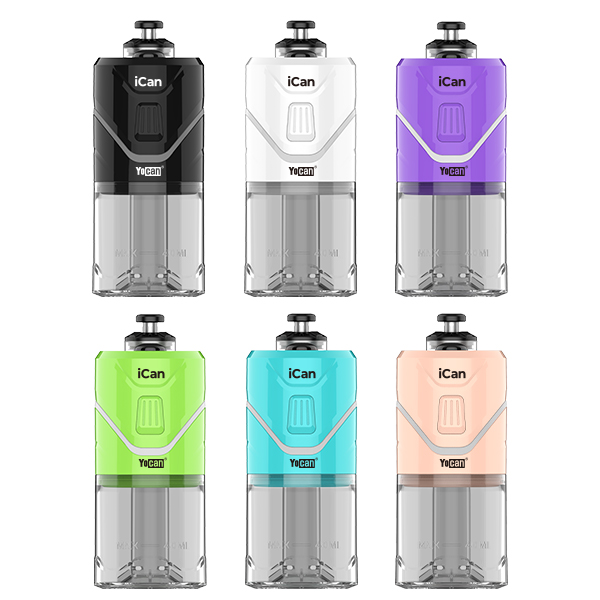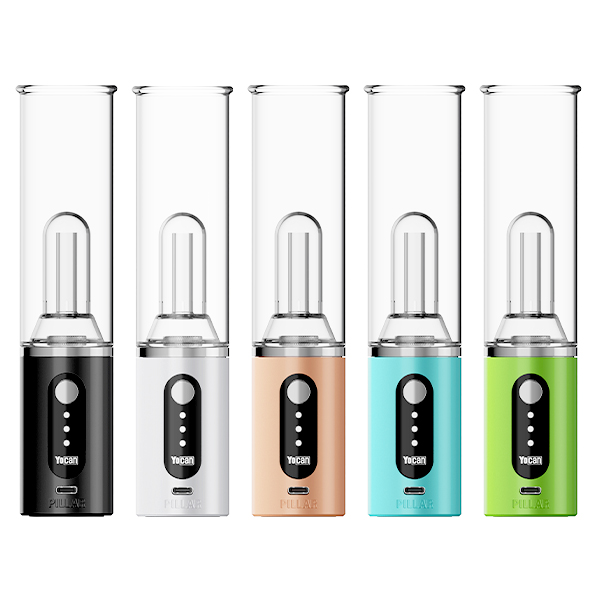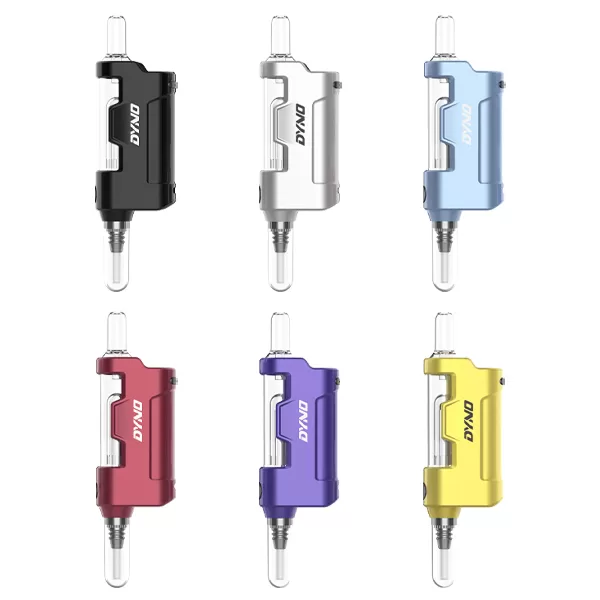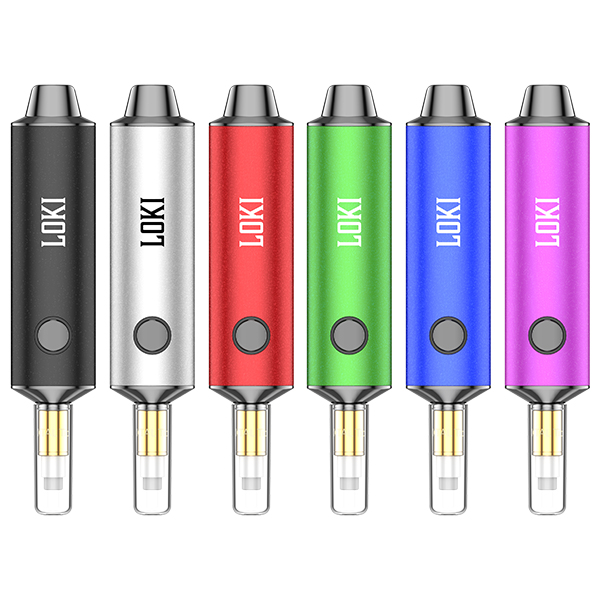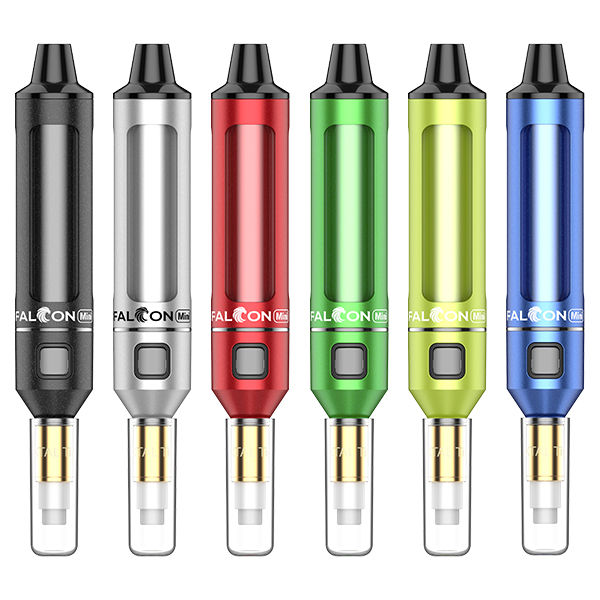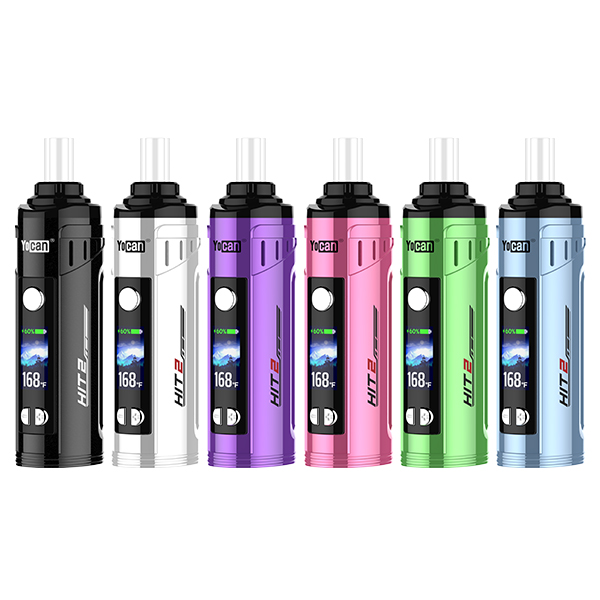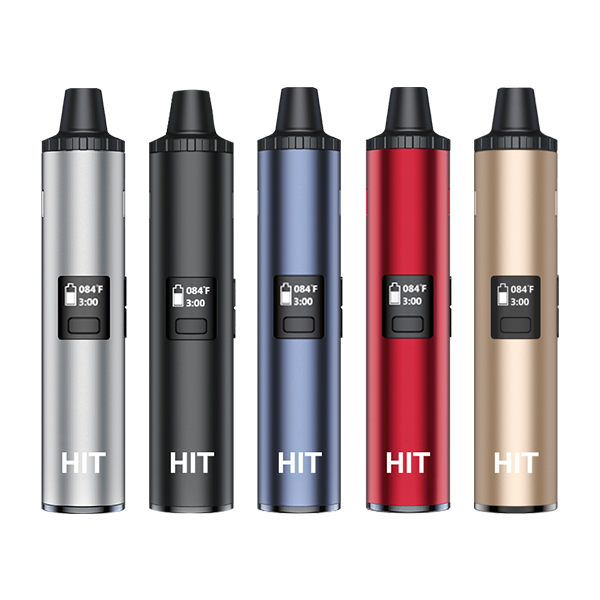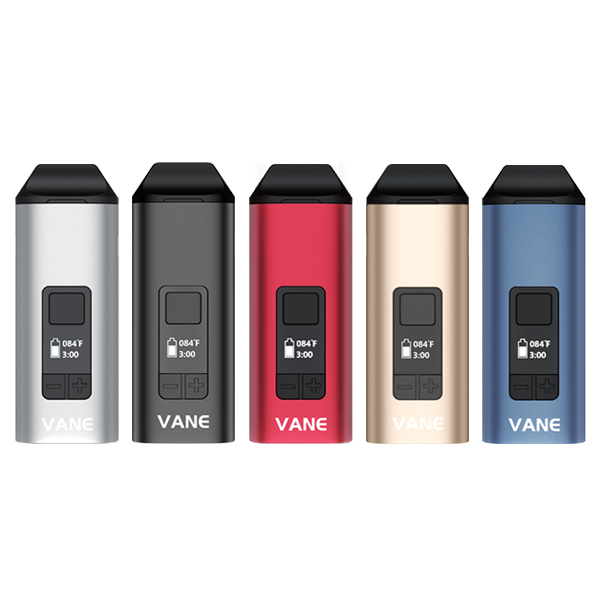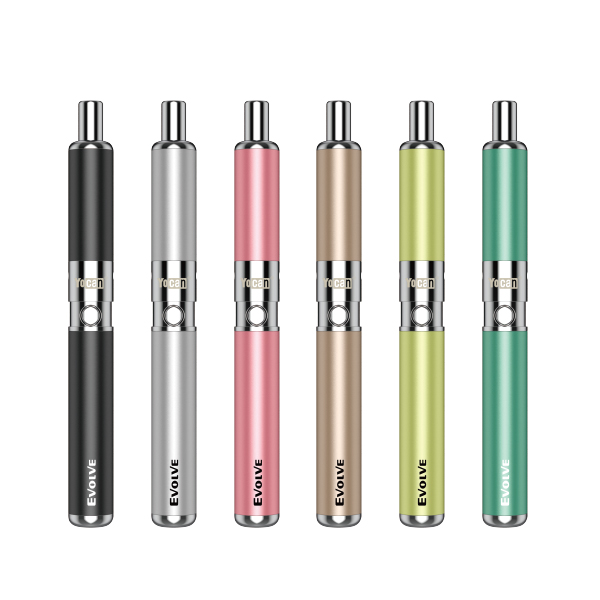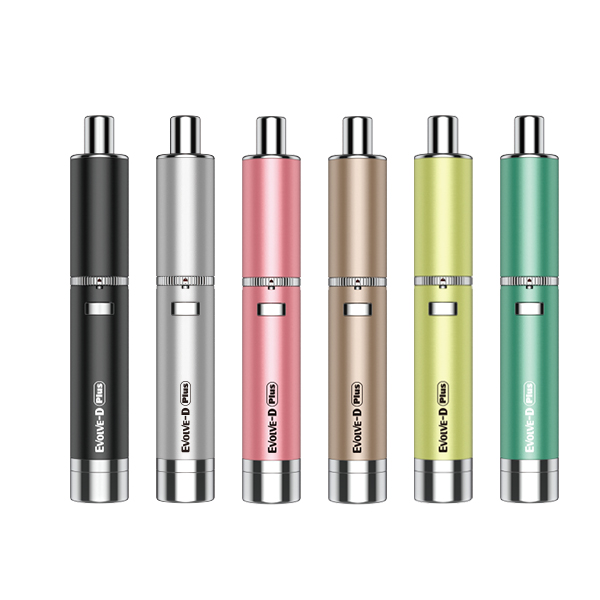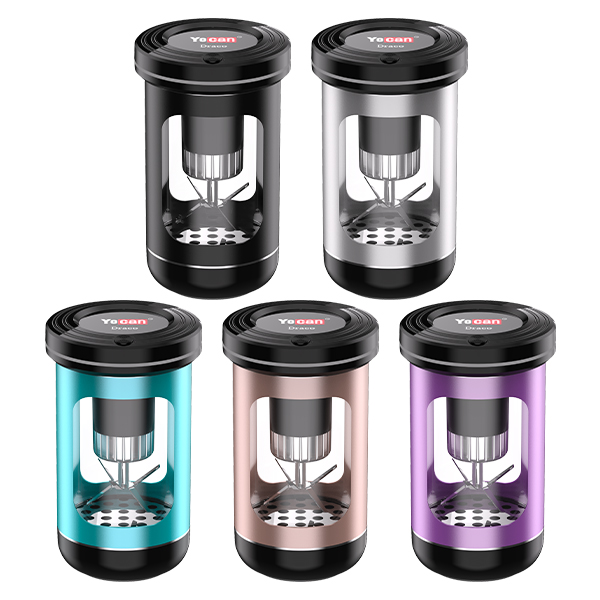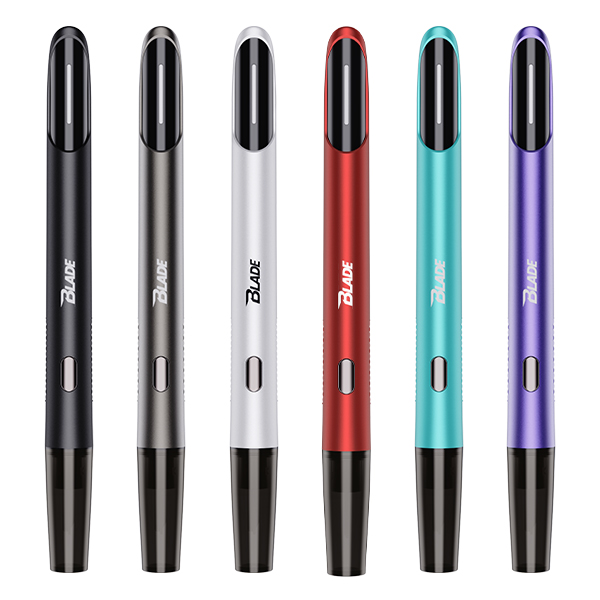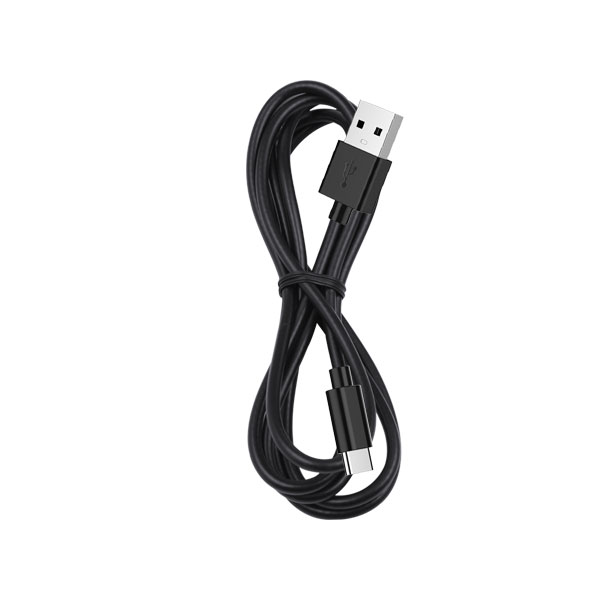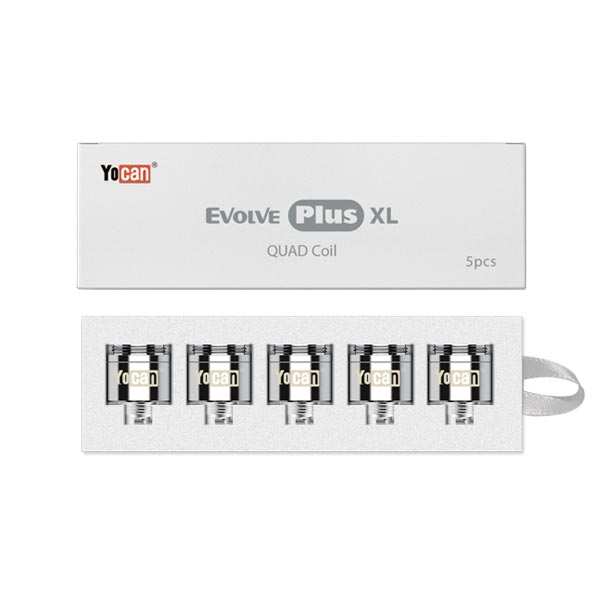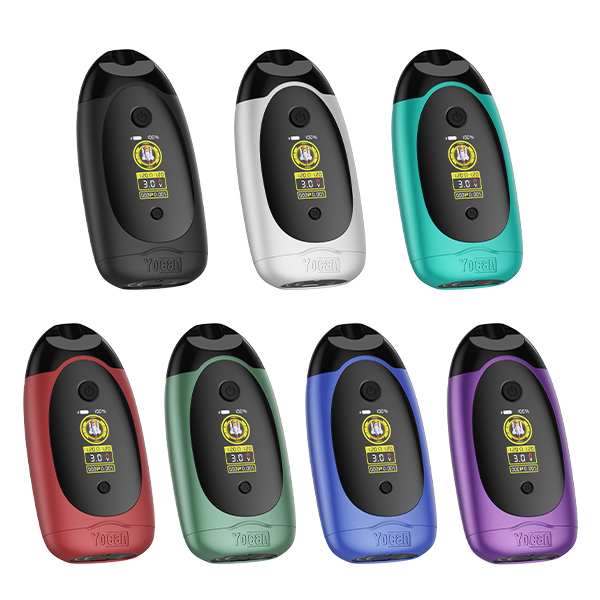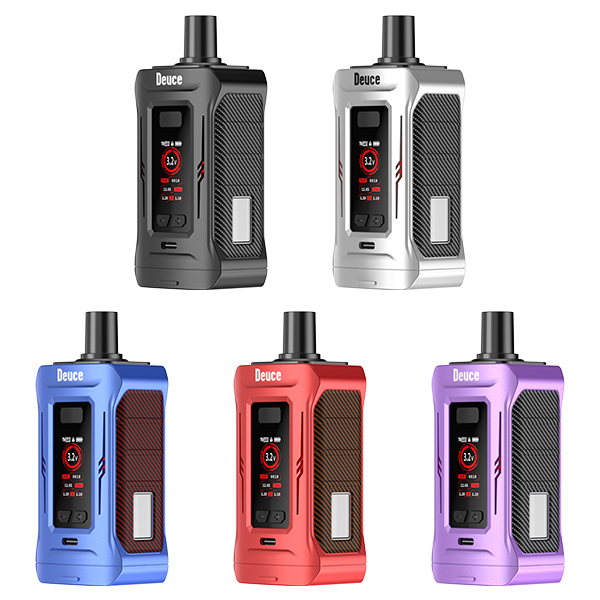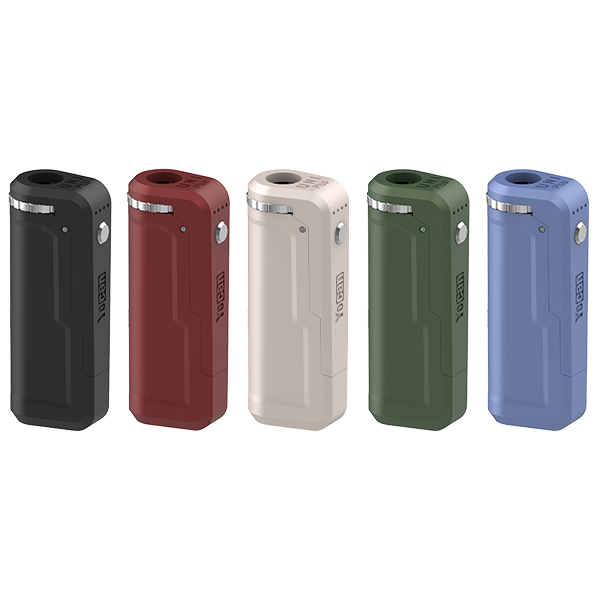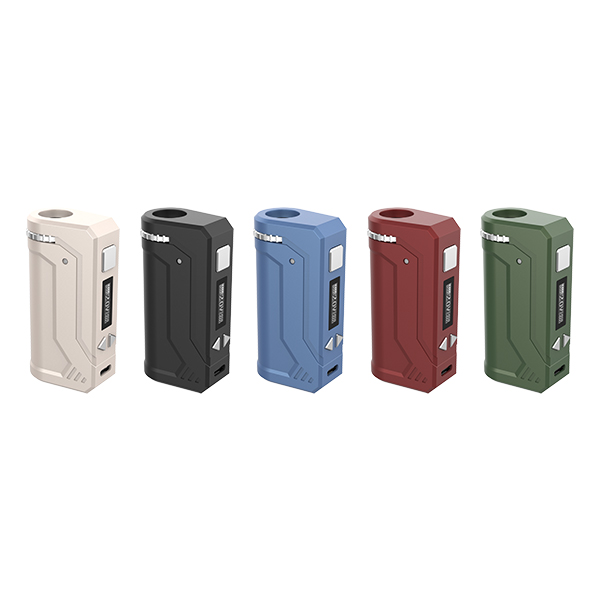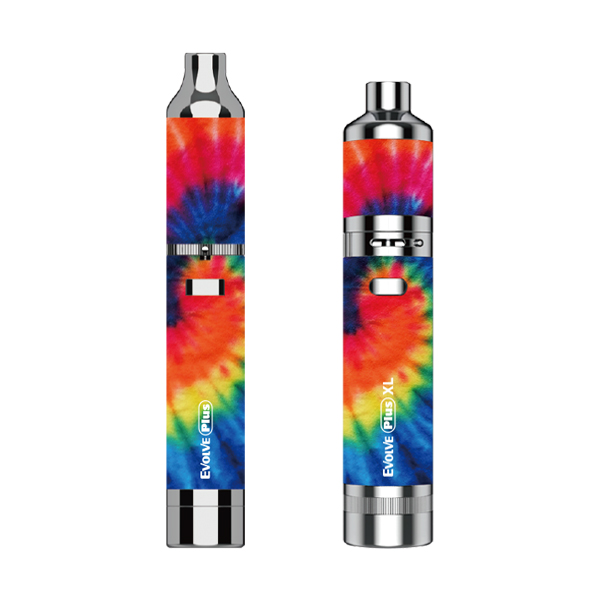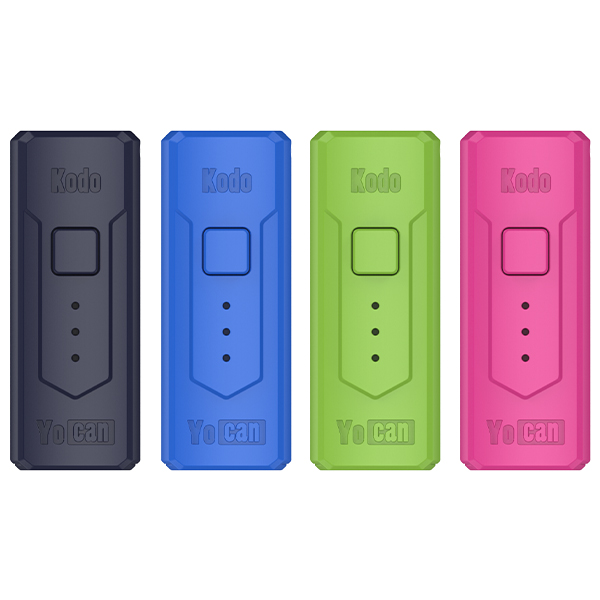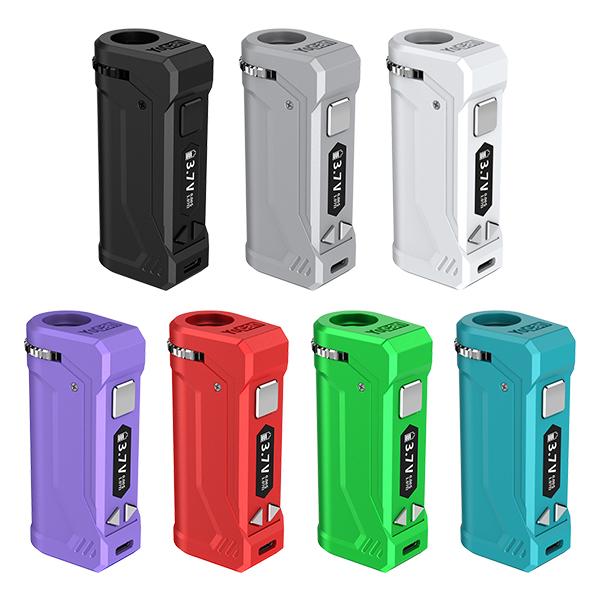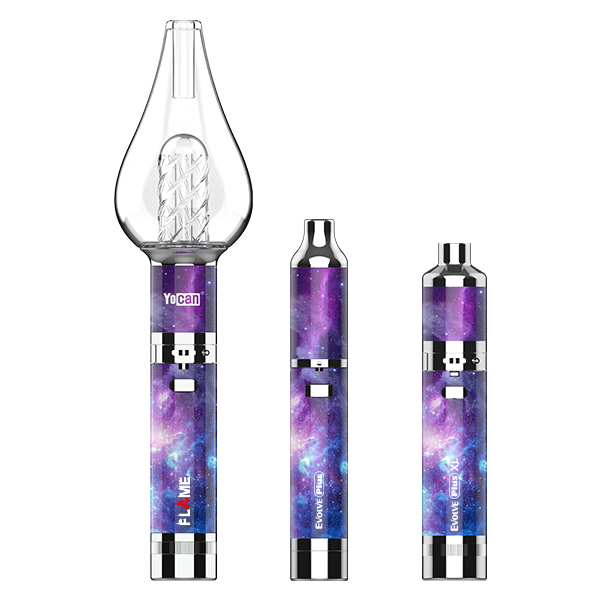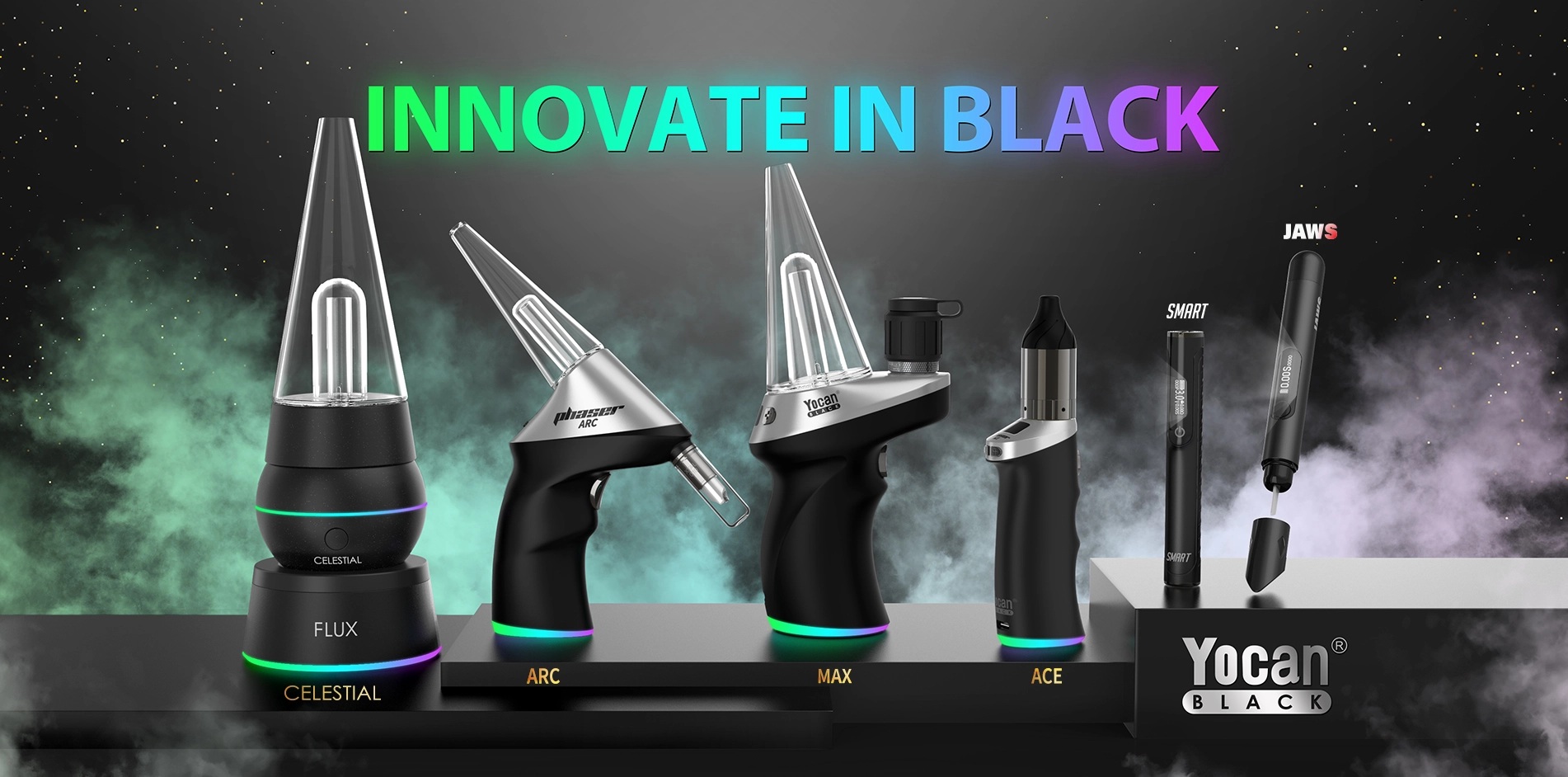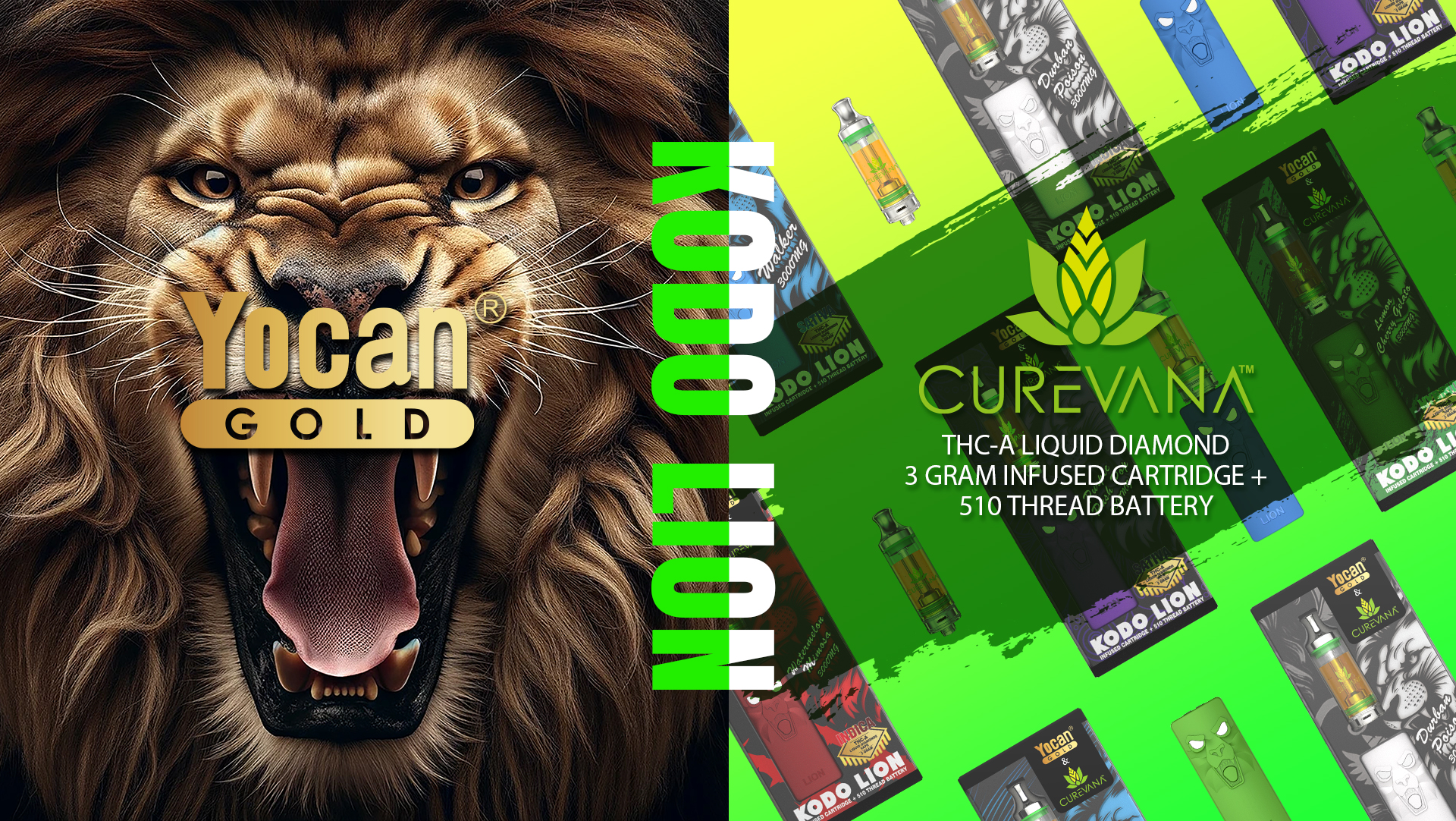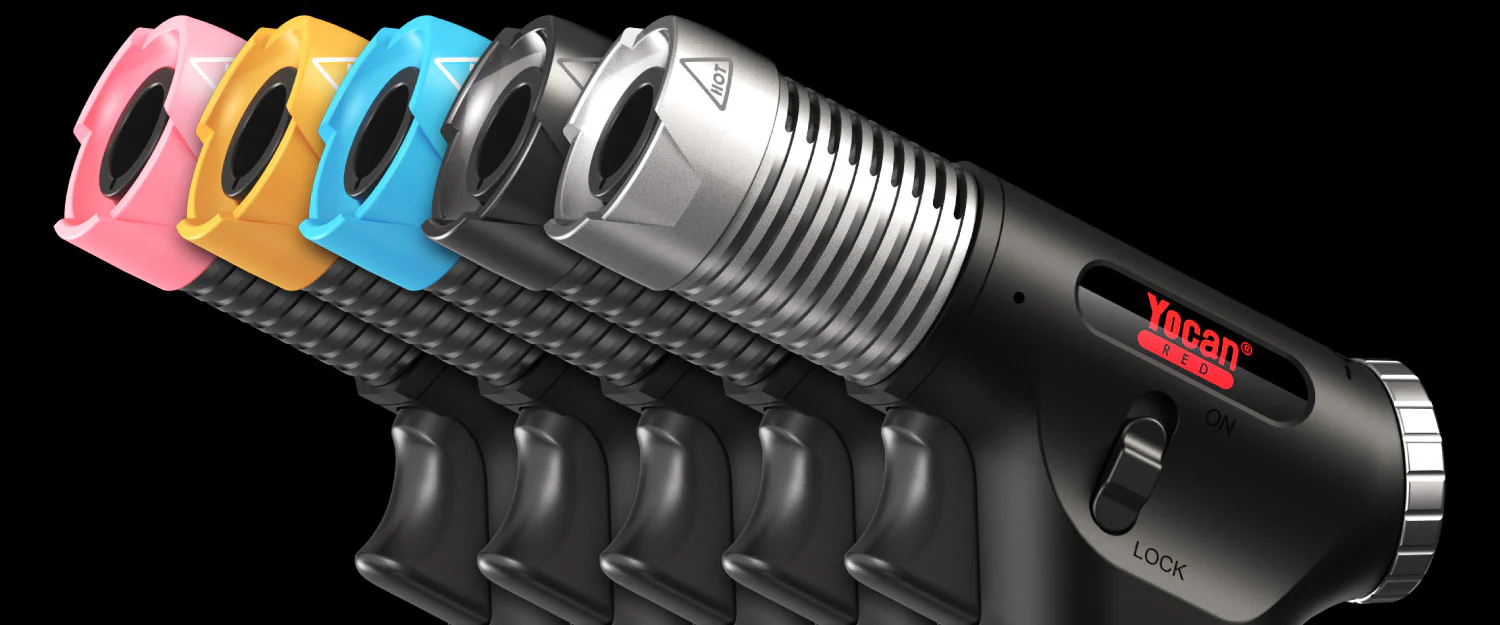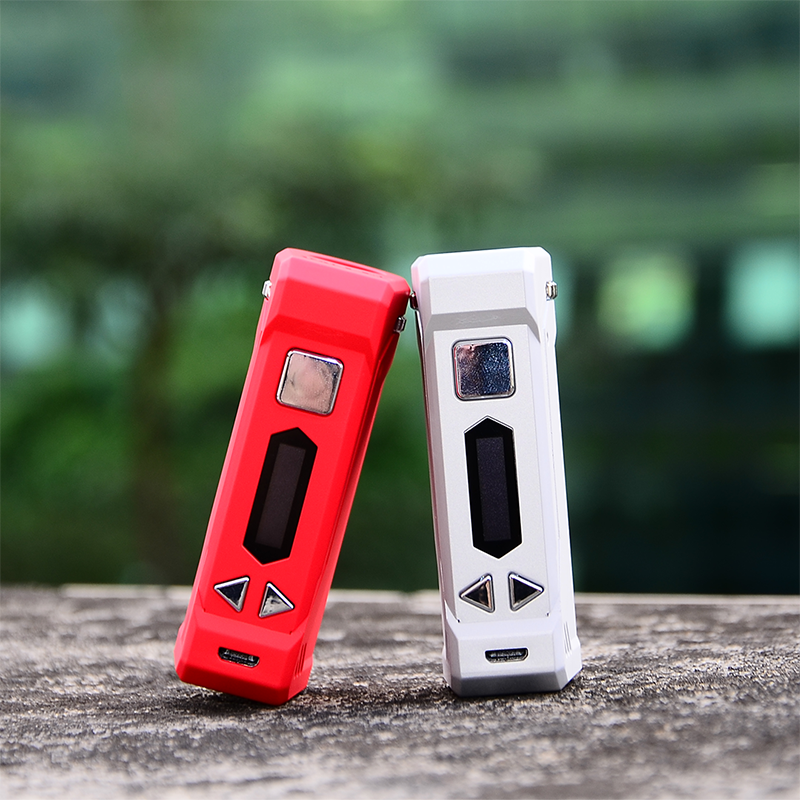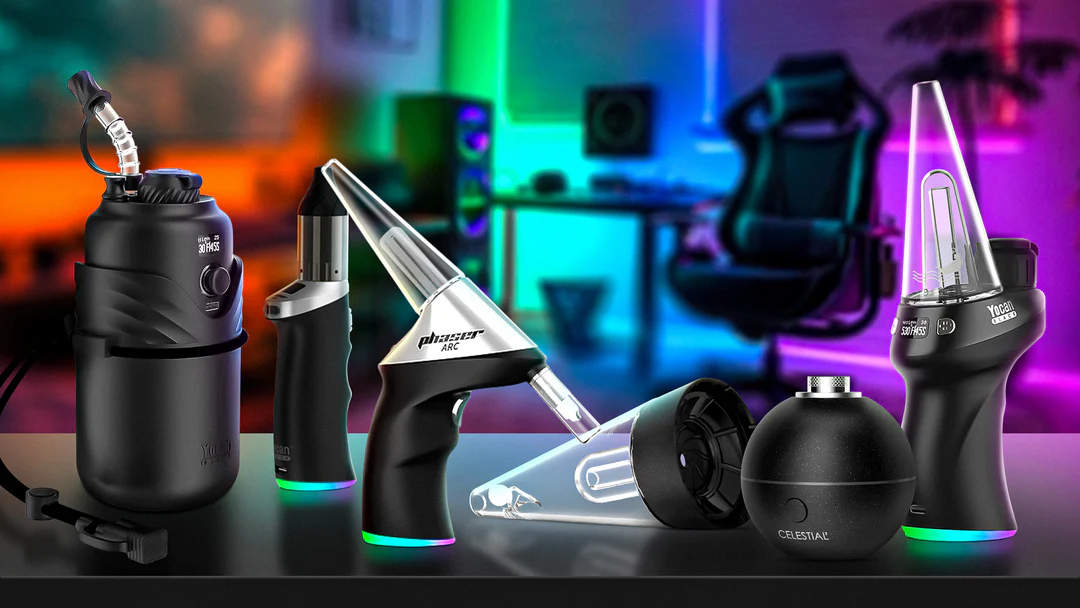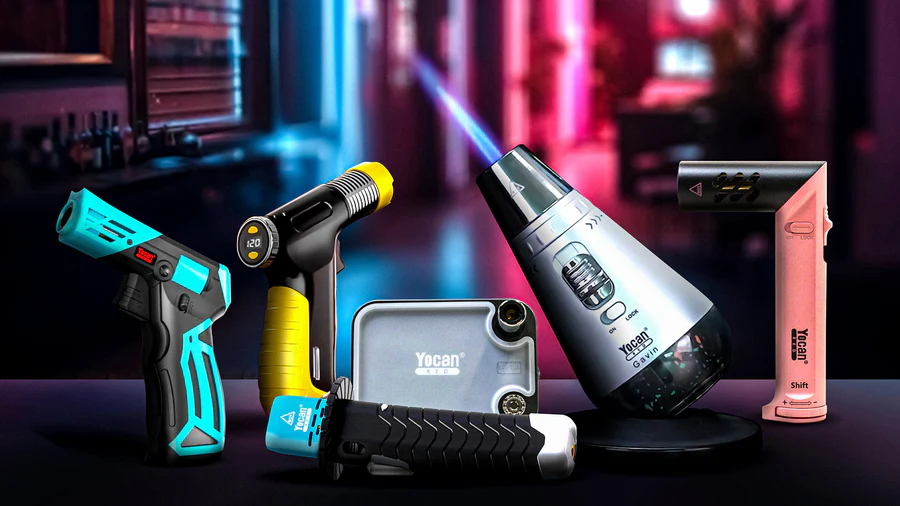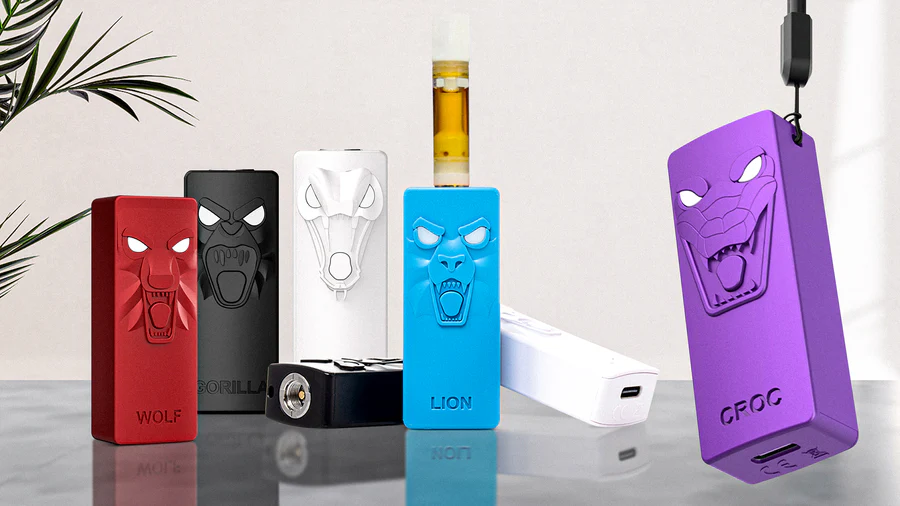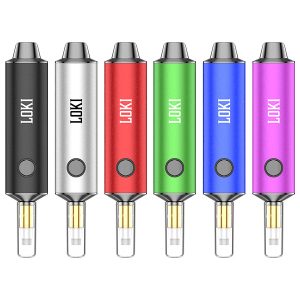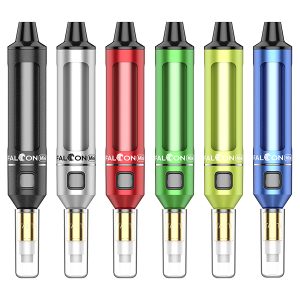Development of the Nectar Collector
Since its inception in 2011 in the mountains of Oregon, the Nectar Collector has undergone a remarkable evolution from a rudimentary prototype to a modern, high-tech device. This transformation reflects advancements in concentrate consumption culture and technological innovation. Below are the key stages in the development of the Nectar Collector:
1. Early Days: Simple Straws and Handcrafted Designs (2011-2012)
The Nectar Collector originated in 2011, conceived by Jefe Z in Oregon as a basic glass pipette, originally used in chemistry labs, to consume concentrates in rugged outdoor environments. In the summer of 2011, Jefe Z collaborated with master glassblower Kristian Merwin to create the first iconic product—the HB Straw. This straw featured a vertical design that simplified the concentrate consumption process. In 2012, Merwin introduced two water-cooled vertical devices, incorporating modular designs that made the equipment easier to use, clean, and maintain. These innovations established the core principles of the Nectar Collector: portability, efficiency, and user-friendliness.
2. Popularization and Diversification: Material and Design Breakthroughs (2013-2018)
As the culture of concentrates (dabs) gained traction, the Nectar Collector quickly became a favorite among enthusiasts, with market demand driving diversification in design and materials:
-
Glass Nectar Collectors: Glass became the preferred material due to its ability to preserve concentrate flavor and its aesthetic appeal. The widespread use of borosilicate glass enhanced heat resistance and durability, while the addition of a water chamber cooled and filtered vapor, improving the consumption experience.
-
Silicone Nectar Collectors: The introduction of silicone offered a durable, budget-friendly option. Virtually indestructible, silicone models were easy to clean and highly portable, ideal for outdoor use.
-
Titanium and Ceramic Tips: Consumption tips evolved from single-material titanium to include ceramic and quartz, optimizing flavor retention and heating efficiency. Tip sizes like 10mm and 14mm improved compatibility. During this period, Nectar Collectors transitioned from handmade products to mass production. Brands like Yocan entered the market, offering cost-effective models that lowered the barrier to entry.
3. Technological Revolution: The Rise of Electric Nectar Collectors (2018-Present)
Advancements in battery technology and electronics ushered in a new era for Nectar Collectors, with electric models revolutionizing traditional consumption methods:
-
Battery-Powered and Precise Temperature Control: Electric models (such as those from Yocan) use built-in batteries and circuit boards to offer preset voltage levels (e.g., 3.2V, 3.7V, 4.2V), eliminating the need for a torch and enhancing safety and portability. Precise temperature control optimizes flavor and potency based on the type of concentrate.
-
Innovative Designs: Yocan introduced XTAL tips (combining quartz and ceramic) with gold-plated stainless steel and multi-airhole designs, improving heat distribution, airflow, and vapor quality. Features like magnetic connections and a 15-second “session mode” for continuous heating simplified operation and enhanced user experience.
-
Multifunctionality: Modern Nectar Collectors are not limited to consuming concentrates. They support various attachments, such as Yocan’s Falcon 6 in 1, catering to diverse user needs.
4. Market Expansion and Brand Competition
The widespread adoption of Nectar Collectors sparked intense market competition. Brands like Yocan solidified their positions through high-quality materials (e.g., medical-grade glass and food-grade silicone), stringent manufacturing standards, and innovative features (e.g., preheat settings and multi-voltage modes). Compared to traditional dab rigs, Nectar Collectors offer portability, efficiency, and affordability, appealing to both novices and seasoned users. The rise of social media and e-commerce platforms further fueled the global popularity of Nectar Collectors, enabling consumers to easily purchase products and access tutorials and cleaning guides online.
5. Future Trends
The future of Nectar Collectors is likely to focus on the following areas:
-
Smart Technology: Integration of smart chips for real-time temperature feedback and personalized settings.
-
Eco-Friendly Materials: Adoption of sustainable materials to reduce environmental impact.
-
Modular Upgrades: Development of more interchangeable accessories to enhance customization.
-
Health and Safety: Improved filtration systems to minimize potential health risks during consumption.

